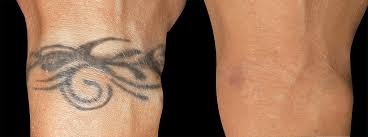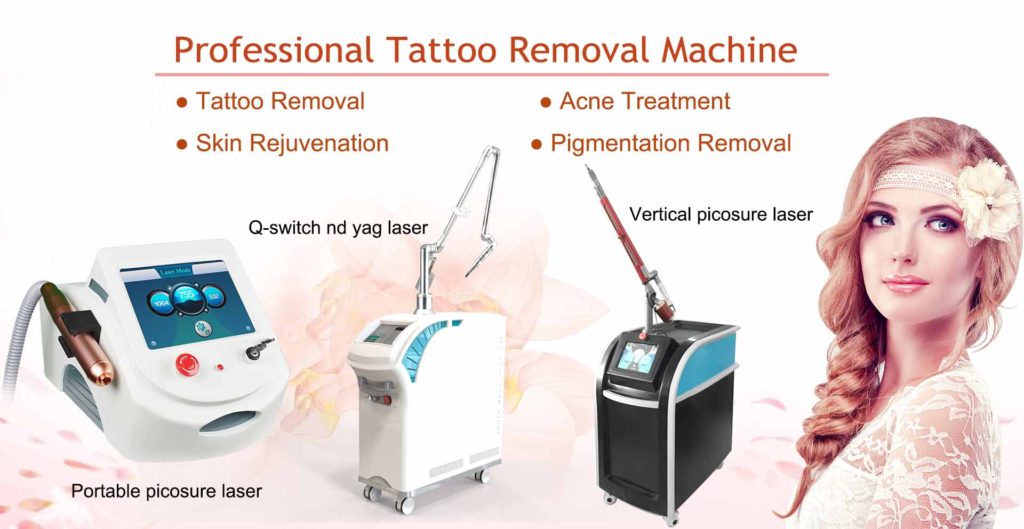07月10 Laser Tattoo Removal: What to Know
Early 30% of people . have at least one tattoo. Almost half of all millennials have one. But not all of them are happy about their decision. As many as 25% of those with a tattoo say they regret getting it.

How It Works
Lasers remove tattoos by breaking up the pigment colors with a high-intensity light beam. Black tattoo pigment absorbs all laser wavelengths, making it the easiest color to treat. Other colors can only be treated by selected lasers based upon the pigment color.
You should first schedule a consultation with a trained professional who can evaluate your tattoo and advise you on the process. The number of treatments you will need will depend on the age, size, and color(s) of your tattoo. The color of your skin, as well as how deep the tattoo pigment goes, will also affect the removal technique.
In general, this is what you should expect during a laser tattoo removal session:
You’ll be given a pair of protective eye shields.
The technician will test your skin’s reaction to the laser to determine the most effective energy for treatment.
The technician uses the laser to pass pulses of intense light through the top layers of your skin that will be absorbed by the tattoo pigment only.
Smaller tattoos will require fewer pulses while larger ones will need more to remove them. In either case, to completely get rid of a tattoo, it will take several treatments. After each visit, your tattoo should become progressively lighter.
Laser tattoo removal is uncomfortable, but most patients don’t need anesthesia. Depending on the location of your tattoo, you may want to apply a topical anesthesia cream beforehand.
Immediately following the treatment, use an ice pack to soothe the treated area. And apply an antibiotic cream or ointment and bandage to protect it. You should also be sure it’s covered with sunblock when you’re outside.

Side Effects
Laser treatment is often safer than many other tattoo removal methods, such as excision, dermabrasion, or salabrasion because laser treatment selectively treats the pigment in the tattoo. And there are very few side effects. However, you should consider these factors in your decision:
Your tattoo removal site is at risk for infection. And there is a slight chance that you will have a permanent scar.
It’s unlikely that your tattoo will be completely removed. In many cases, certain colors may be more effectively removed than others. Blue and black tattoos, for example, respond well to laser treatment.
You may end up with hypopigmentation, which means the skin that is treated is paler than the skin surrounding it. You could also have hyperpigmentation, which leaves the affected skin darker than the rest of your skin.
Cosmetic tattoos like lip liner, eyeliner, and eyebrows may actually get darker after treatment. They do tend to fade with additional sessions.

Find a Reputable Doctor
To ensure you get proper treatment and care, find a reputable dermatologist or cosmetic surgery center. If possible, get a recommendation from your primary care physician for a dermatologist or skin surgery center that specializes in tattoo removal.
Since tattoo removal is a personal option in most cases, most insurance carriers won’t cover the process unless it is medically necessary. Physicians or surgery centers practicing tattoo removal may also require payment in full on the day of the procedure. If you are considering tattoo removal, be sure to discuss associated costs up front and obtain all charges in writing before you undergo any treatment.




No Comments